How the Recent Entrepreneur Survives to Profitability
Entrepreneurship is on the rise. According to the Kauffman Foundation report, the entrepreneurship activity has had the greatest increase in the last twenty years. More individuals are taking advantage of opportunity to start their own businesses. The reasons vary. However, a common theme is financial freedom and time freedom. The era of working thirty years for the same company to ensure one’s financial security is done.
People are taking their financial security into their own hands to ensure it sooner and to live the lifestyle they desire much sooner. Recent entrepreneurs overcome the fear of going against the status quo. Successful recent entrepreneurs figure out the plan to survive until profitability.
Yes, there are so many enticing facets of being an entrepreneur.
- One you get paid to do what you love every day.
- You get to focus on a topic you can’t wait to learn more about.
- You get to empower or help others with your passion, the topic that you’re passionate about.
- Yes you have freedom of time. You create your own schedule.
- Your revenue is not limited by an algorithm decided by someone else to tell you what your skill set, hard work, time and energy are worth. Instead you decide. You can charge what you’re worth.
Sounds awesome, I love those aspects of being an entrepreneur. However, the entrepreneurship lifestyle isn’t for everyone. You also have to be prepared for the struggle.
- The struggle of making a name for yourself in your industry market.
- The struggle of wearing so many hats in your business.
- The struggle of worrying about sales.
- The struggle of the no or low revenue months.
- The struggle of worrying about paying your household and business bills.
For many new entrepreneurs, the number one struggle is cash flow. Did you know 80% of new entrepreneurs fail within 18 months? They do not have enough cash on hand and wasn’t making enough revenue to survive until profitability. You have to be able to run your household and operate your business until the business is making enough profit to sustain itself and support your household. You can have the best idea in the world; however, if you cannot survive to profitability, then you’re setting yourself up to fail.
Learn 10 key steps you need to start a business and turn a side hustle into a business.FREE EBOOK: Starting a Business Checklist Guide

So how do you survive until profitability? Well, let’s start of by going through the seven phases of the entrepreneur financial journey. Getting through the first three financial phases are key to your success.
Entrepreneur Finance Phase 1 – Startup
You’re just getting started. You have settled on one idea and you’re in planning mode. You’re figuring out which revenue streams apply best to your business, which revenue stream you will start. You’re figuring out marketing, distribution and fulfillment. You have startup expenses as you purchase any necessary equipment, software, domains etc. Money is going into the business, but you don’t have revenue just yet. You’re likely using some personal money to fund the business.
- The characteristics:
- Paying startup expenses
- No revenue or very little revenue
- Cash flow is negative
- A lot of time spent planning and researching.
Entrepreneur Finance Phase 2 – Profitless
You’ve moved out of preliminary planning. You have started to build an audience and have engaged at least one revenue stream. Your products and services are defined and your offer is clear. You have some revenue coming into the business, but you’re not making a profit. The expenses are still higher than the revenue. You’re still sending over personal money to assist with business operations.
- The characteristics:
- Products/services have at least a 30% gross margin
- Revenue < expenses
- No profit
Entrepreneur Finance Phase 3 – Balance
You’ve boosted sales and are earning more revenue. You’ve established at least one consistent revenue stream. The revenue is enough to now cover the operations expenses and cost of goods sold (expenses directly tied to a product or service). You’re not making a real profit, but you’re no longer losing money. Money coming in meets money going out.
- The characteristics:
- Monthly revenue at least equal to expenses
- Consistent revenue for several months
Entrepreneur Finance Phase 4 – Advancement
In this financial phase, you’re finally making a profit. Yes! You’ve determined what systems work well for your business. Now you’re advancing and optimizing the systems to increase revenue and profitability. The goal is to further increase awareness, increase sales and grow profits.
- The characteristics:
- Gross margin of at least 30%
- No zero revenue months
- Predictable cash flow
- Liabilities decreasing
Entrepreneur Finance Phase 5 – Freedom Bound
You’ve added one or two more revenue streams. The business is making enough of a profit to pay you your desired salary to handle the household bills, take care of business operations, as well as have money left over. You have a nice profit margin for the business as a whole. You’re gaining that financial freedom and able to live your desired lifestyle.
- The characteristics:
- Maintained gross margin of 30%
- Consistent revenue through new revenue streams
- Consistent client and/or customer base
- Able to receive desired salary
Entrepreneur Finance Phase 6 – Expansion
You’re working on expanding to six to eight revenue streams for the business. Additional revenue streams also require expansion of business systems and staff. Plan the correct structure and order of implementation for the new streams, as well as the upgrade in business systems and hiring.
- The characteristics:
- Maintained gross margin of 30%
- Loyal client and/or customer base
- Steady predictable profitability
- Current cash and assets cover current liabilities
Entrepreneur Finance Phase 7 – Elevation & Transition
Here you continue to elevate the company and its services. Ready the company to transfer ownership or to be sold.
Learn 10 key steps you need to start a business and turn a side hustle into a business.FREE EBOOK: Starting a Business Checklist Guide

Getting to Profitability
It’s a journey filled with many triumphs and many failures. The toughest phases to make it through are phases one to three. The trials in these phases determine who’s going to make it and who will give up. So how do you make it past the balance phase? How do you not fall into that 80%?
Given that you have a sound business plan and a large market for what you offer, you need to have money set aside to run your household, take care of startup expenses and operate the business. You have to be able to survive until you earn consistent revenue and a high enough profit. Notice I said profitability not until you start earning revenue. You’ll be earning revenue, but not enough to cover expenses and earn a profit.
1) Create a personal finance plan.
You need to streamline your budget and determine what your survival number is. This is the amount of money necessary to run your household, in other words pay all your bills, eat, etc. This is the budget you will use as a full-time entrepreneur. Don’t forget to add in items such as health, dental, and life insurance. Remember you’ll be paying for these, so shop around for good rates beforehand.
2) Create a personal emergency fund.
Now you have a survival number. Put enough money aside for you to last until profitability. As you work on continuing to build the business you won’t have to worry about also paying your household bills and staying alive.
3) Create a business financial plan.
Determine your operations number. This is the amount of money necessary to run your business on a monthly basis. Anticipate how this number may be likely to change as you work on increasing revenue to the point of sustainability then profitability.
4) Create an operations fund.
Set aside the amount of money you need to operate your business until you reach profitability. This way you can continue the core functions of your business as you work on establishing yourself in the market and establishing revenue streams.
Have cash set aside that can pay your bills and the business expenses for the 18 months it’s likely to take you to establish a consistent revenue stream and make a profit. As you build your business make sure that the model is scalable. You need to be able to scale the business in order to continue to increase revenue.
To make it past phase three you need:
-
- An emergency fund for the household
- A reserve of operations capital for the business
- A business model that is scalable
- A financial system that can handle business growth
- Products and services that are priced for success
- A sales funnel that converts
Your entrepreneur financial journey will be powerful. It will be the most fun and the most stress you’ll have. It won’t be traveled overnight. The length of the journey depends on you, planning, financial acumen, dedication and passion. In order to continue progressing and accelerate your progression on the financial journey, you must:
- Acquire business resources and knowledge,
- Acquire industry knowledge
- Establish a relationship with your customers/clients
- Fail forward
Make the plan and meet certain financial and business milestones before making the leap and you’ll be more likely to succeed.

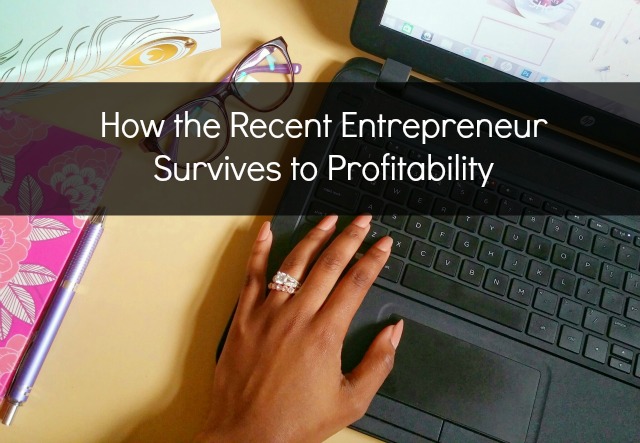
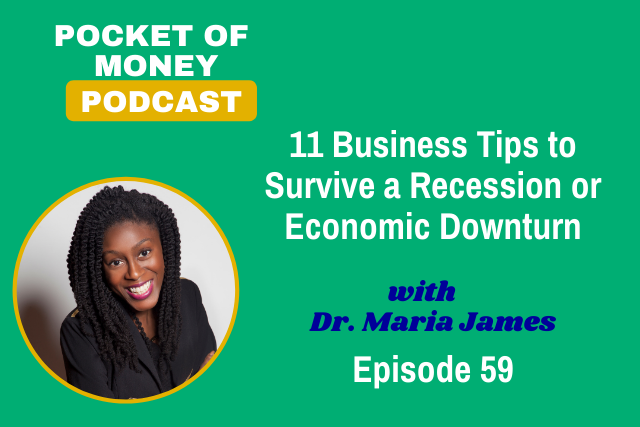

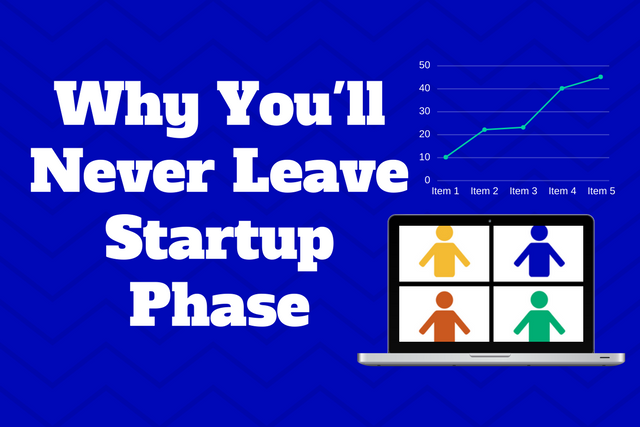
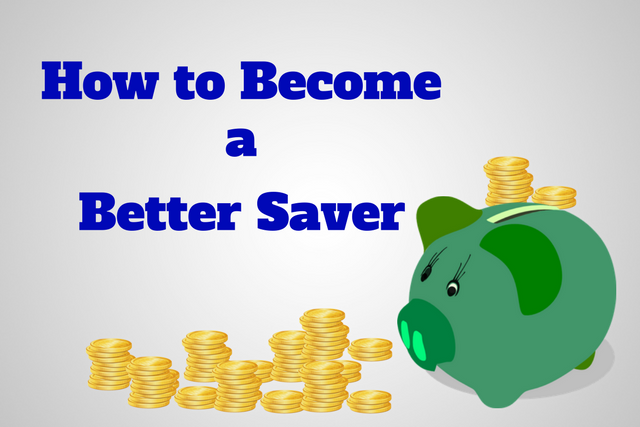
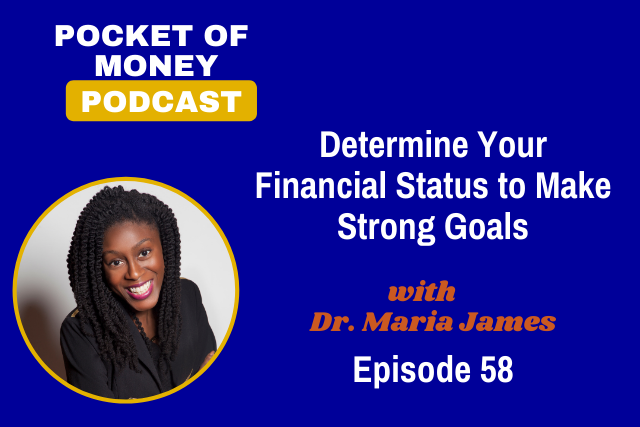
This information was PRICELESS!
Thank you Makeba!
Yes, I totally agree with what you said. I think that business is fun and it can also help you become a stronger person. This just motivates me to work harder to have a successful business. Thanks for sharing this.
Yes, as a business owner too of a small company. I am experiencing same struggles as you mention here in your article but once you able to overcome these challenges you’ll be able to achieve a lot greater in life. Thanks for sharing this article.